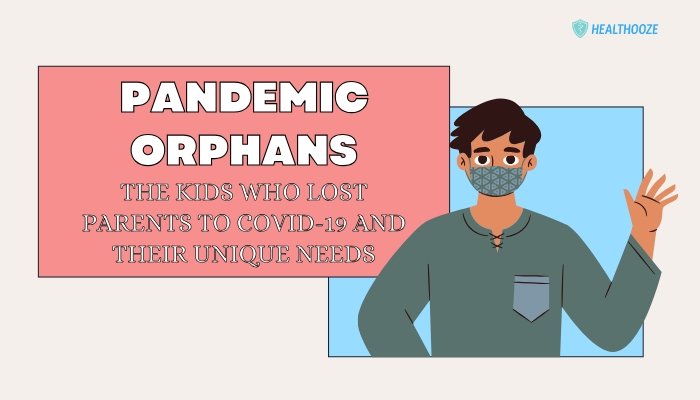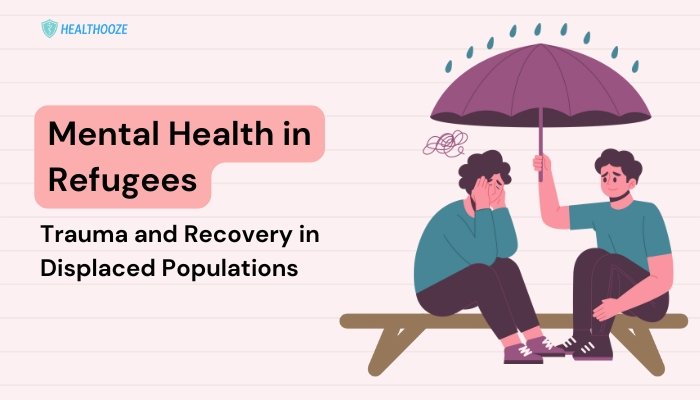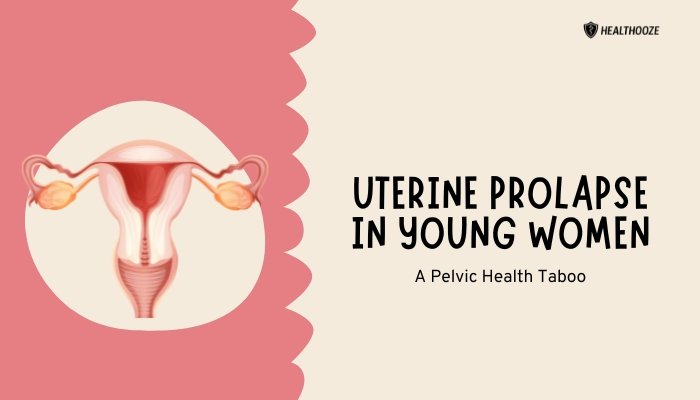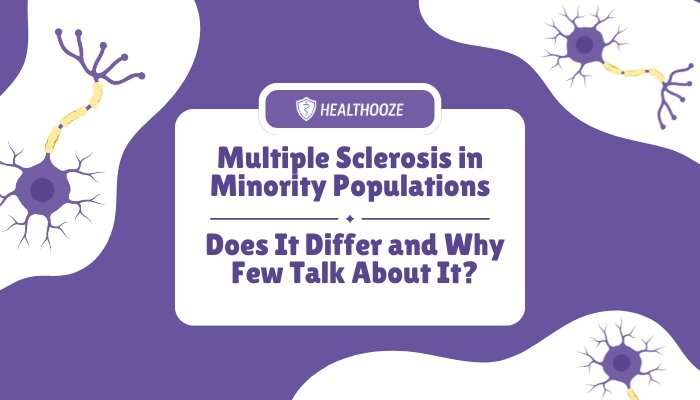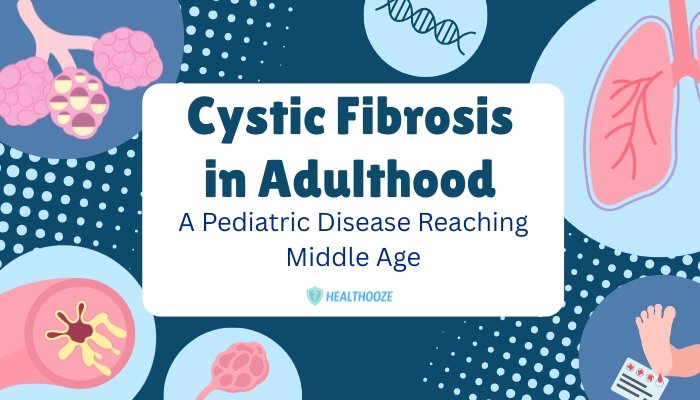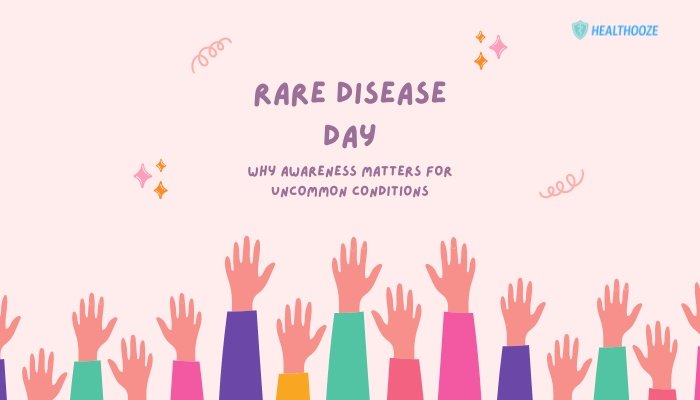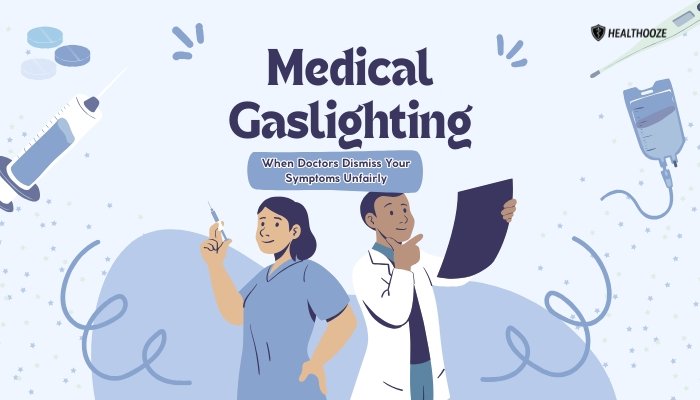Introduction
The COVID-19 pandemic not only caused an unprecedented public-health crisis but also created a silent humanitarian emergency—thousands of children worldwide lost one or both parents to the virus. These “pandemic orphans” face profound emotional, social, and economic challenges. According to estimates by UNICEF and The Lancet (2021–2023), more than 10 million children globally experienced the death of a parent or primary caregiver due to COVID-19. This staggering figure highlights a long-term crisis that goes beyond healthcare and calls for urgent attention from governments, NGOs, and communities.
The Scale of the Problem
When COVID-19 struck, its lethal toll disproportionately affected adults, especially those in the 30–60 age group—the primary caregivers for many children. The Lancet Child & Adolescent Health study estimated that by May 2022, at least 10.5 million children had lost a parent or primary caregiver. Countries such as India, Indonesia, Brazil, Mexico, and the United States accounted for the largest numbers. In India alone, the National Commission for Protection of Child Rights (NCPCR) reported more than 1,47,000 children who lost one or both parents to COVID-19 as of early 2022. These numbers are likely under-reported due to gaps in data collection.
Emotional and Psychological Impact
Losing a parent during childhood is one of the strongest predictors of long-term emotional distress. For pandemic orphans, this trauma was compounded by sudden loss, isolation due to lockdowns, and reduced access to extended family support. Common mental-health outcomes include:
- Complicated grief due to sudden and often traumatic death.
- Anxiety and depression from instability and fear of illness.
- Attachment issues if separated from siblings or placed in institutions.
The risk of post-traumatic stress disorder (PTSD) is also higher. Many children experienced stigma if their parents died of COVID-19, particularly in tightly knit communities where misinformation about infection persisted. Early mental-health intervention and grief counseling are therefore critical.
Economic and Educational Setbacks
The death of a breadwinner can plunge a family into poverty. For pandemic orphans, this often means:
- Loss of income and increased debt.
- Food insecurity and malnutrition.
- Interruption of schooling due to lack of fees or the need to work.
In countries without robust social-welfare systems, grandparents or relatives taking in orphaned children struggle to afford their care. Girls are at higher risk of child marriage, trafficking, or domestic labor; boys may be pushed into hazardous work. Education continuity and financial support are vital to breaking this cycle.
Social and Legal Vulnerabilities
Children who lose parents face increased vulnerability to exploitation and neglect. In India, child-protection agencies flagged thousands of cases of illegal adoption offers circulating on social media during the pandemic. Without proper guardianship papers, children risk identity theft or being trafficked. Governments and NGOs must ensure:
- Legal guardianship registration for caregivers.
- Monitoring of institutional care homes to prevent abuse.
- Community-based foster care models to keep children out of large institutions whenever possible.
Special Health Needs
Beyond psychosocial support, pandemic orphans may require medical care themselves. Many lost parents to COVID-19 after long hospital stays, which can leave families with unpaid bills and no access to health insurance. Some children were infected with COVID-19 or suffer from long-COVID symptoms, compounding their vulnerability. Ensuring healthcare coverage, vaccination, and routine pediatric care is essential.
Role of Governments
Several governments responded with emergency relief, but implementation has been inconsistent. Examples include:
- India’s PM CARES for Children Scheme (2021): Offers a corpus fund, education support, and health insurance to children orphaned by COVID-19.
- U.S. American Rescue Plan (2021): Expanded child tax credits and social services for affected families.
- South Africa’s Social Relief Grants: Targeted support for caregivers of children who lost parents.
However, bureaucratic hurdles, lack of awareness, and digital divides have limited uptake. Many caregivers report difficulties uploading documents or proving parental death from COVID-19 due to incomplete records.
Role of NGOs and Civil Society
Non-governmental organizations have stepped in to fill gaps in government support. In India, groups such as SOS Children’s Villages, Pratham, and Save the Children provide emergency shelter, psychosocial counseling, and educational assistance. In the U.S., the National COVID-19 Children’s Collaborative advocates for recognition of pandemic orphans as a priority population. Faith-based organizations and local community groups also play an important role in providing mentorship, food, and clothing.
Long-Term Interventions Needed
Pandemic orphans’ needs extend beyond short-term relief. Experts recommend:
- Comprehensive mental-health services: Community-based grief counseling, peer-support groups, and trauma-informed schooling.
- Economic security: Direct cash transfers to caregivers, scholarships, and vocational training for older children.
- Education continuity: Free access to digital devices, internet connectivity, and remedial classes.
- Child-protection monitoring: Strengthened local committees to track children’s welfare and prevent exploitation.
- Health coverage: Automatic enrollment in public health insurance schemes.
These interventions must be designed with cultural sensitivity and in partnership with children themselves to ensure their voices are heard.
Case Examples
- India: A 12-year-old girl in Maharashtra lost both parents to COVID-19. With help from a local NGO, she receives a monthly stipend and attends school. However, her grandmother struggles with paperwork for government benefits.
- United States: A teenage boy in New York lost his father to COVID-19 and his mother to long-COVID complications. He benefits from a school-based grief-support program but still faces food insecurity at home.
These stories illustrate how financial aid alone is insufficient without integrated psychosocial and educational support.
Research and Policy Gaps
Despite the scale of the crisis, pandemic orphans remain under-researched. There is limited longitudinal data on their mental health, educational outcomes, or long-term economic status. Policymakers need robust data to design effective interventions. International collaboration through organizations like UNICEF, WHO, and World Bank could standardize tracking and funding mechanisms. Lessons learned can also inform preparedness for future pandemics or disasters.
The Ethical Imperative
Children bear no responsibility for the pandemic, yet they shoulder lifelong consequences. Addressing their needs is not merely charity but a moral and social obligation. Investing in pandemic orphans’ well-being will yield long-term benefits—healthier, better-educated adults who contribute to society rather than fall into cycles of poverty or crime.
Conclusion
The COVID-19 pandemic created a hidden crisis of “pandemic orphans,” children who lost their parents or primary caregivers to the virus. They face unique psychological, social, and economic challenges that cannot be addressed by one-time relief packages alone. Comprehensive, child-centered policies are essential—combining mental-health care, education continuity, legal protection, healthcare coverage, and financial support. Governments must simplify benefit delivery; NGOs and communities should provide mentorship and grassroots monitoring; and international agencies must coordinate data and funding. Ultimately, recognizing and responding to the plight of pandemic orphans is a test of our collective humanity. By investing in their well-being now, we can transform a generation’s tragedy into resilience and hope.
References
- Hillis SD, Unwin HJT, Chen Y, et al. Global minimum estimates of children affected by COVID-19-associated orphanhood and caregiver death. The Lancet Child & Adolescent Health. 2021;5(12):e25–e30.
- UNICEF. “COVID-19: Orphanhood Crisis” (Updated Report 2023). Available at: https://www.unicef.org
- National Commission for Protection of Child Rights (NCPCR), India. “Status of Children Orphaned During COVID-19” (2022).
- SOS Children’s Villages International. “Supporting Children Who Lost Parents to COVID-19” (2022).
- PM CARES for Children Scheme, Government of India. Guidelines (2021).

